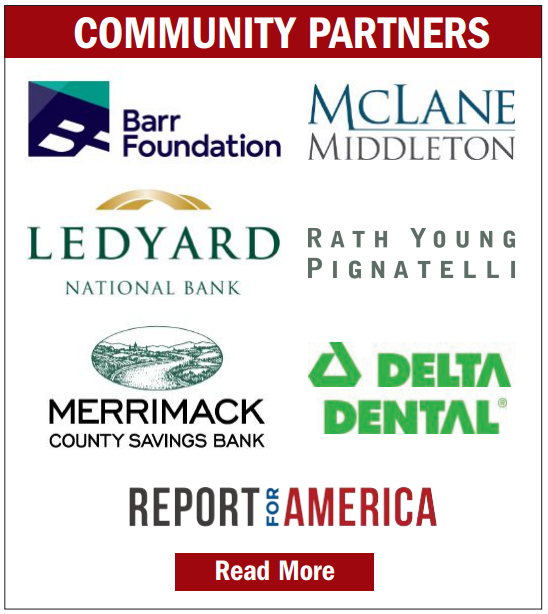Opinion: Striking the right balance on campus protests

Students walk past Thompson Hall at the University of New Hampshire in Durham in 2016. Jim Cole / AP
| Published: 08-24-2024 8:00 AM |
Seth C. Oranburg is a professor of law at Franklin Pierce School of Law, specializing in business law, corporate governance, and legal theory. He recently participated in a Law Professors’ Mission to Israel, where he studied the impact of conflict on free speech and civil discourse. His work explores the intersection of law, business, and ethics in modern institutions.
This fall, it’s not just the students facing a test — it’s the universities. As campuses across New Hampshire open their doors, universities are under pressure to strike a careful balance between protecting free speech and ensuring student safety.
The events of last spring at the University of New Hampshire are a vivid reminder of the challenges ahead. In May, a peaceful pro-Palestinian demonstration escalated into a tense standoff with law enforcement, leaving university officials grappling with how to maintain order without stifling student expression. While no one was seriously hurt, the incident made clear just how quickly protests can veer into chaos.
UNH’s response, though imperfect, was an attempt to find this balance. The administration engaged with protest organizers and worked to de-escalate the situation before bringing in law enforcement. Only after these efforts failed did state police step in to restore order. Although the response wasn’t flawless, it was far better than the extremes seen at other universities.
At Columbia University, over-policing during protests led to stifled speech and backlash that ultimately resulted in the resignation of the university president. The administration’s heavy-handed approach silenced student voices and damaged the university’s reputation.
At UCLA, the administration took the opposite approach, standing by as Jewish students were harassed and excluded during protests. Inaction was not neutrality, it was complicity. A federal court agreed, ruling that UCLA failed to protect its students.
Both universities made costly mistakes by leaning too far in one direction, Columbia by overreacting and UCLA by standing idly by.
While UNH’s response wasn’t perfect, it was an attempt to balance order with free expression. In the aftermath of the May 1 protest, the Faculty Senate convened an emergency meeting to discuss the administration’s response. Our deliberative body modeled the civil discourse that universities should be protecting.
Article continues after...
Yesterday's Most Read Articles
We wrestled with difficult questions: How do we safeguard free speech without allowing intimidation? How do we ensure safety measures don’t silence legitimate protest?
Through thoughtful debate, we acknowledged that there are no easy answers. But by confronting these challenges head-on, UNH took a measured approach, showing that balance between safety and free speech is possible.
As the fall semester begins, UNH has an opportunity to reflect on last year’s lessons and prepare for future challenges. While the university’s response was not perfect, it came closer than most in striking the right balance. By engaging with students, respecting free speech, and taking action when necessary, the administration managed to navigate a complex situation while avoiding the pitfalls faced by other universities.
The lesson is clear: Finding a balance between student safety and free speech isn’t a sign of weakness, it’s the foundation of responsible governance. As the new academic year begins, the time to prepare for the next protest is now.







 Opinion: My memories of Vietnam 50 years later
Opinion: My memories of Vietnam 50 years later Opinion: Concord officials: Can we sit and talk?
Opinion: Concord officials: Can we sit and talk? Opinion: Trump versus the U.S. Constitution
Opinion: Trump versus the U.S. Constitution Opinion: Protect our winters!
Opinion: Protect our winters!
